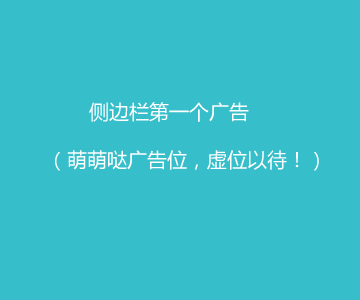HttpServletRequest.getInputStream()多次读取问题
使用POST方法发送数据时,我们习惯于把数据包装成json格式。

image.png
有些情况下,我们会在Filter中读取body数据进行数据校验,
GET方法获取参数比较简单。对于POST方法,可使用如下方法从request中获取body参数:
注意,这里有了一次request.getInputStream()调用。
但是在测试时,,一直报JSON格式不正确的错误。经调查发现,项目中使用了公司基础组件中的Filter,而该Filter中也解析了body。同时,不出所料,也是通过调用getInputStream()方法获取的。
原来:
一个InputStream对象在被读取完成后,将无法被再次读取,始终返回-1;
InputStream并没有实现reset方法(可以重置首次读取的位置),无法实现重置操作;
因此,当自己写的Filter中调用了一次getInputStream()后,后面再调用getInputStream()读取的数据都为空,所以才报JSON格式不正确的错误。
解决方法缓存数据
使用HttpServletRequestWrapper进行包装
缓存数据
所谓缓存数据,其实就是调用ServletRequest的setAttribute(String s, Object o)来存储数据。
获取到body后,直接缓存
String body = getBody(request); request.setAttribute("body", body);优点:
方便
缺点:
不能控制第三方Filter
其他地方需要使用body时,只需调用getAttribute方法就能获取数据了:
request.getAttribute("body");HttpServletRequestWrapper包装
public class RequestWrapper extends HttpServletRequestWrapper { private final byte[] body; public RequestWrapper(HttpServletRequest request) throws IOException { super(request); body = getBodyStringFromReq(request).getBytes(Charset.forName("UTF-8")); } public String getBodyString() { try { return new String(body, "UTF-8"); } catch (UnsupportedEncodingException ex) { return new String(body); } } private String getBodyStringFromReq(ServletRequest request) { StringBuilder sb = new StringBuilder(); InputStream inputStream = null; BufferedReader reader = null; try { inputStream = request.getInputStream(); reader = new BufferedReader(new InputStreamReader(inputStream, Charset.forName("UTF-8"))); String line; while ((line = reader.readLine()) != null) { sb.append(line); } } catch (IOException e) { e.printStackTrace(); } finally { if (inputStream != null) { try { inputStream.close(); } catch (IOException e) { e.printStackTrace(); } } if (reader != null) { try { reader.close(); } catch (IOException e) { e.printStackTrace(); } } } return sb.toString(); } }温馨提示: 本文由Jm博客推荐,转载请保留链接: https://www.jmwww.net/file/web/42687.html


![[转]Node.js中package.json中^和~的区别 [转]Node.js中package.json中^和~的区别](/uploads/allimg/200519/054J34453_lit.png)